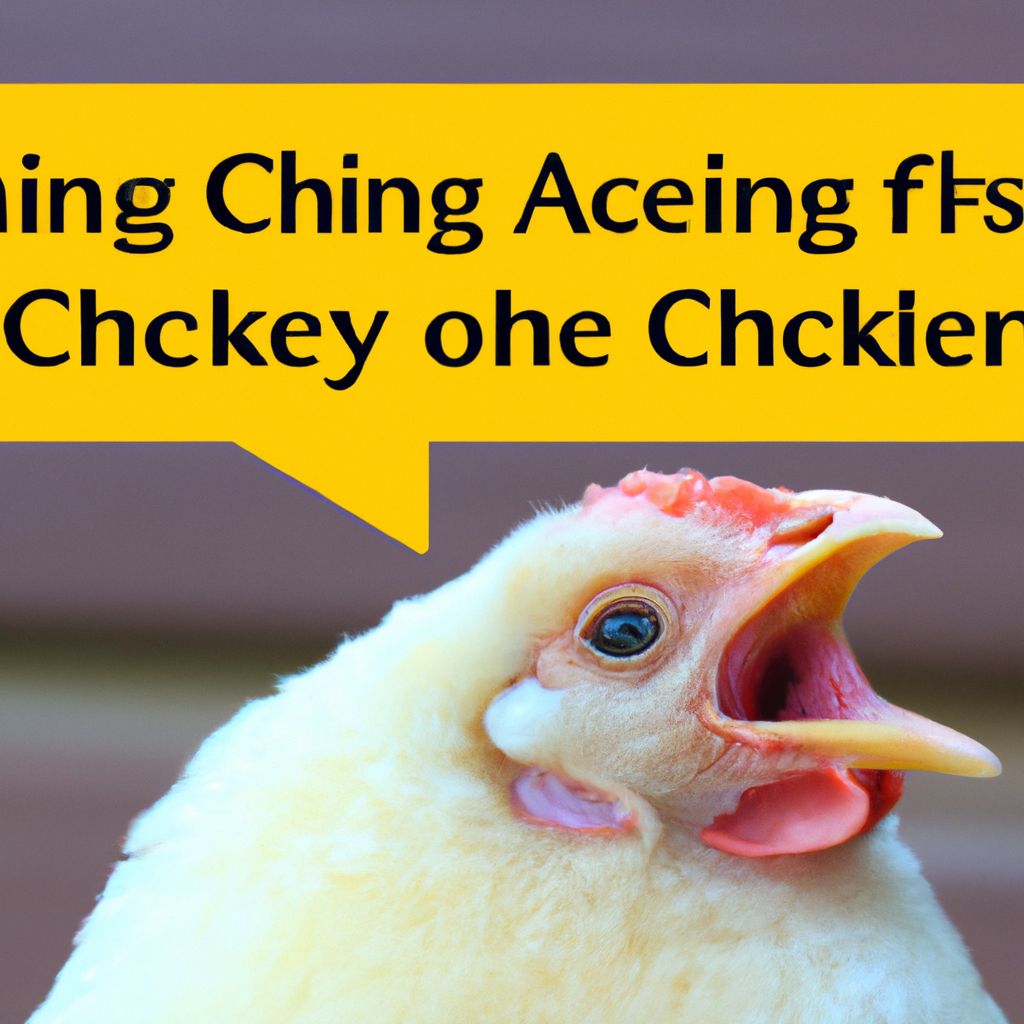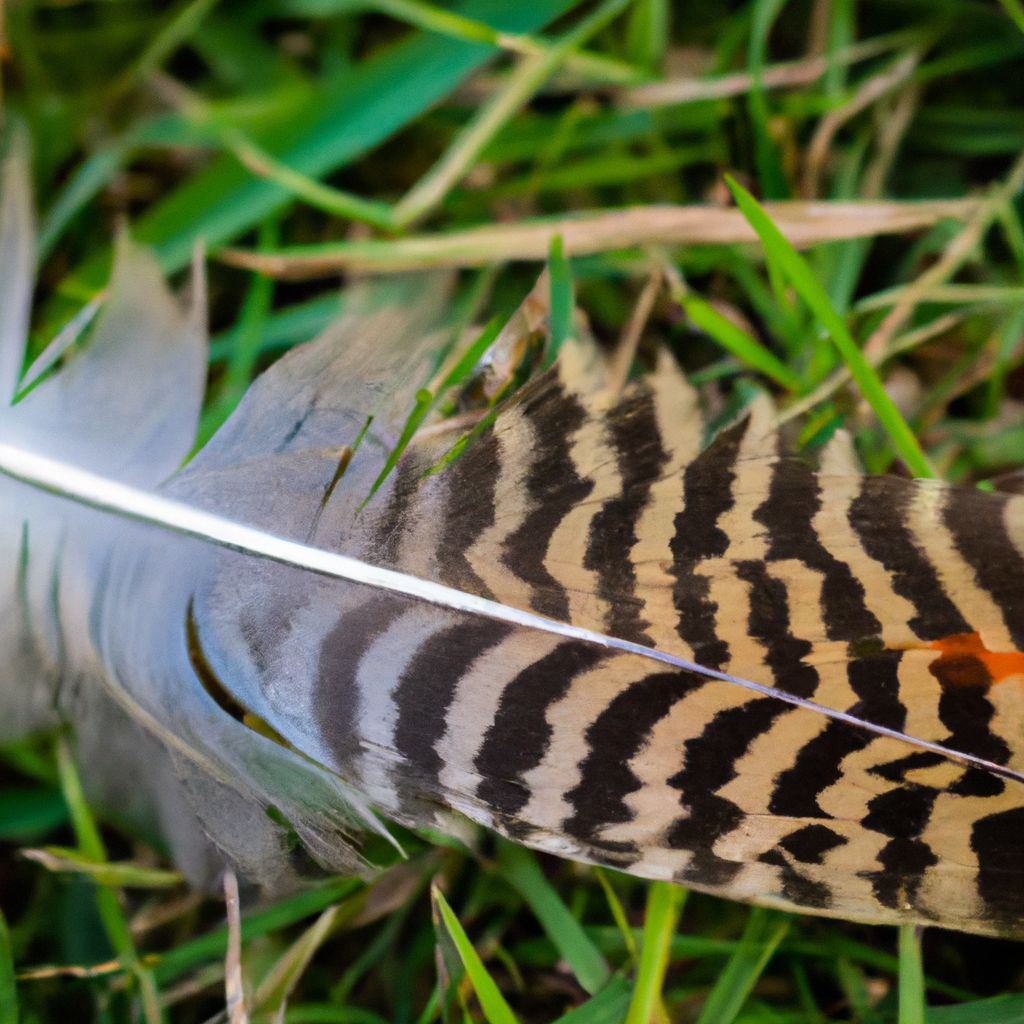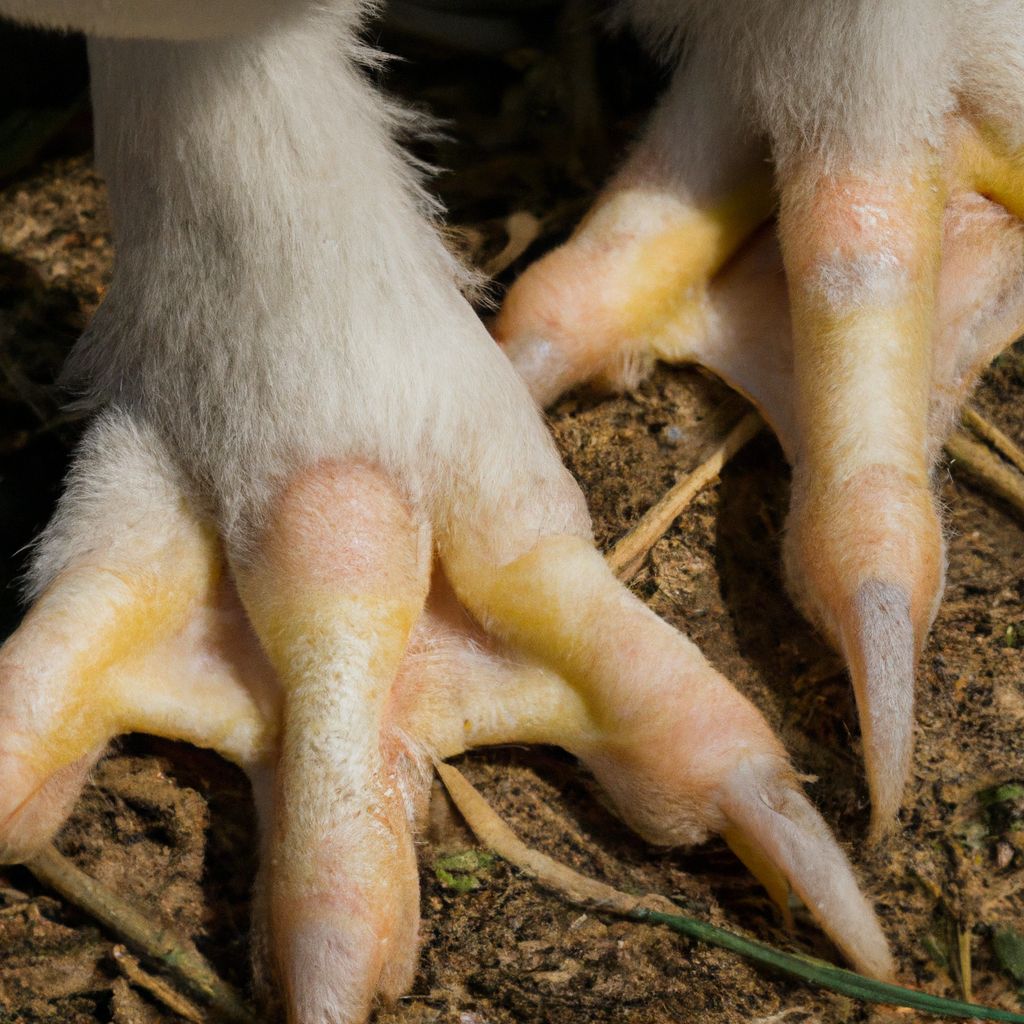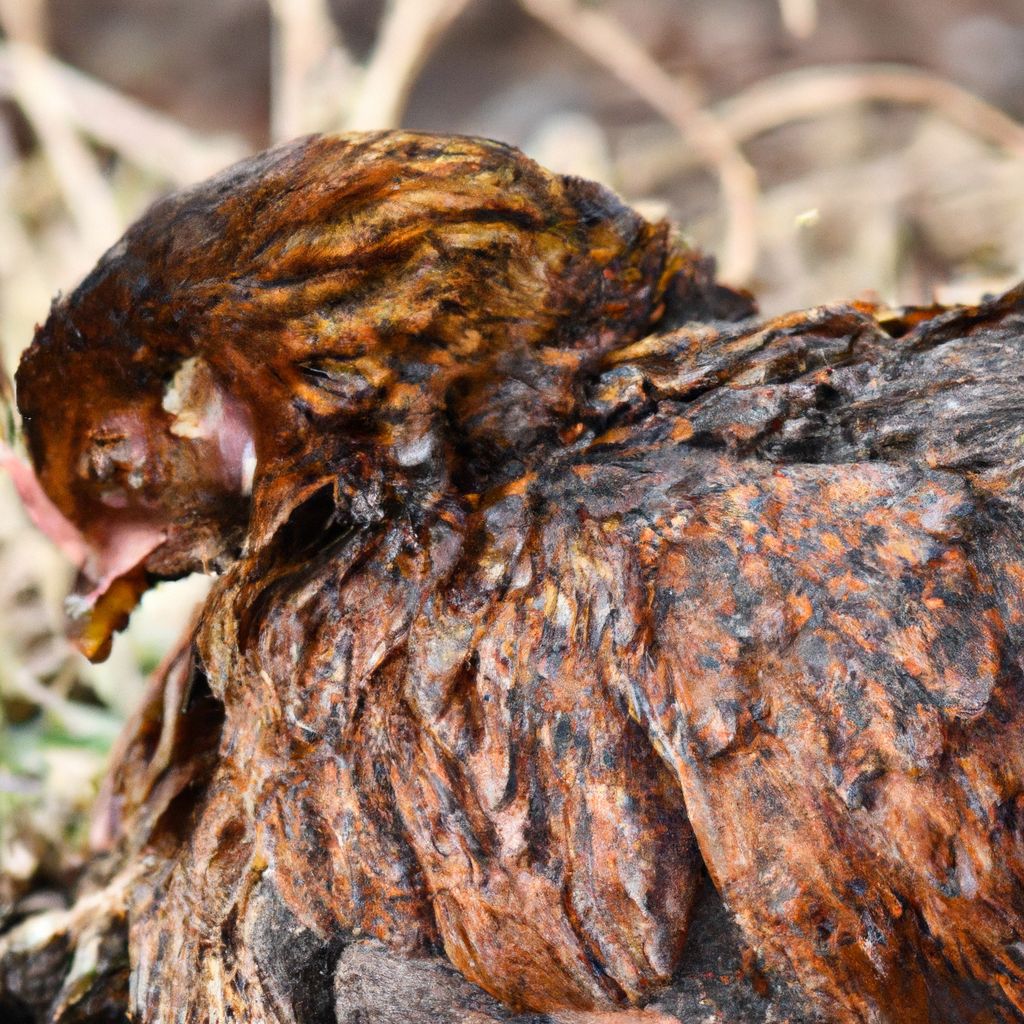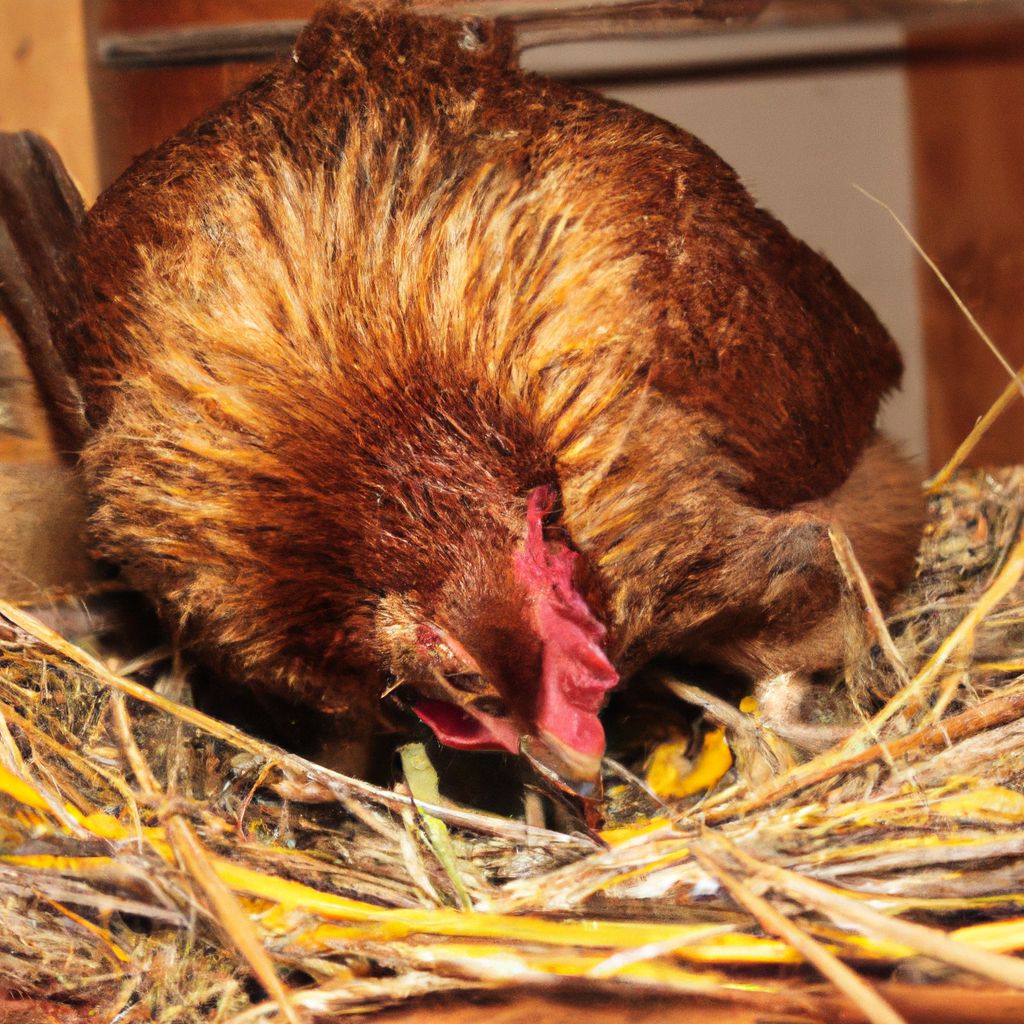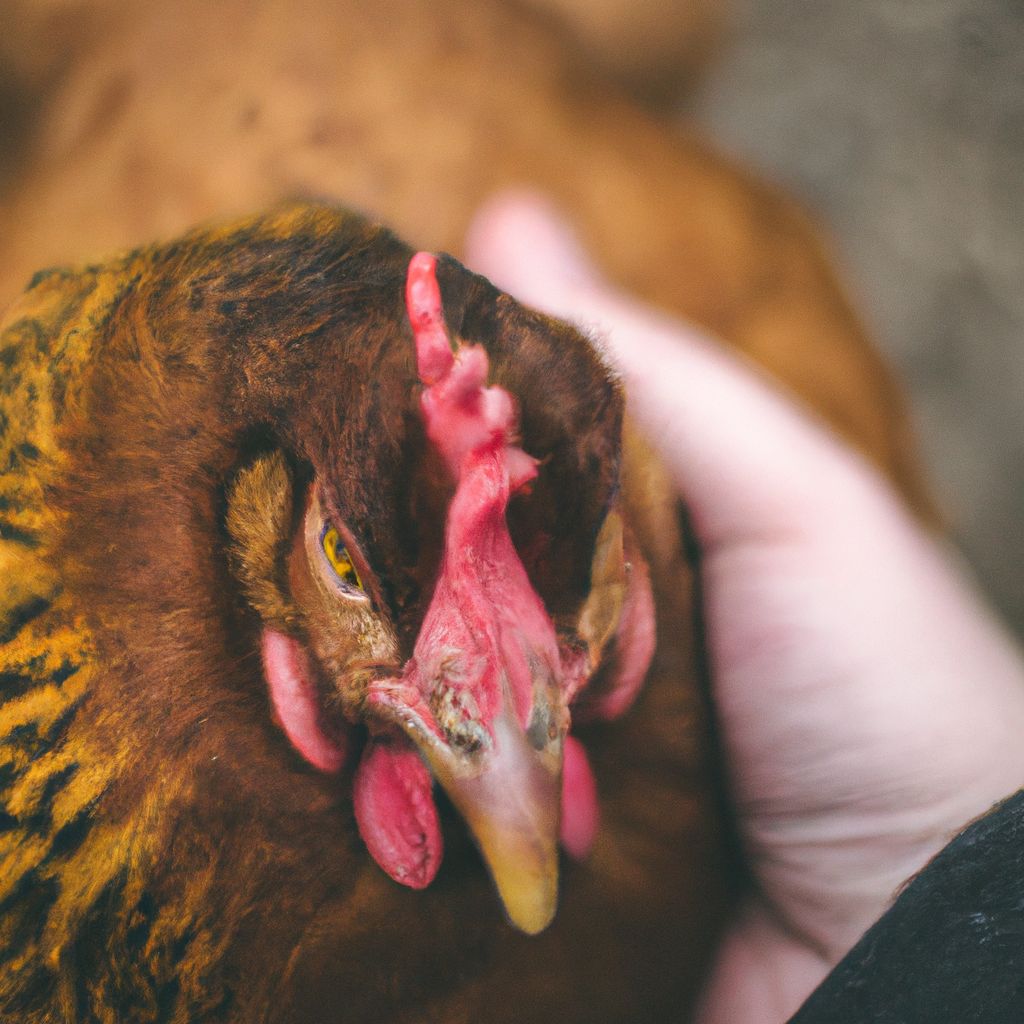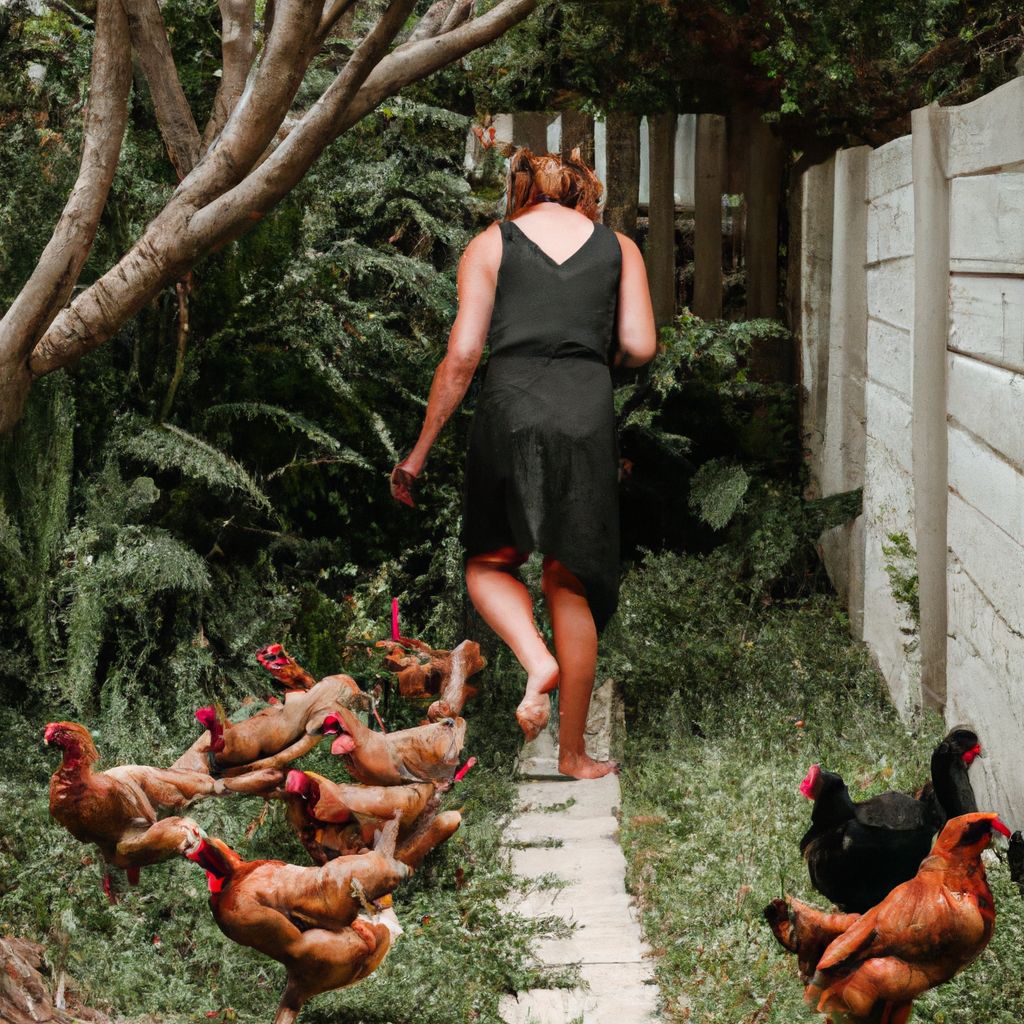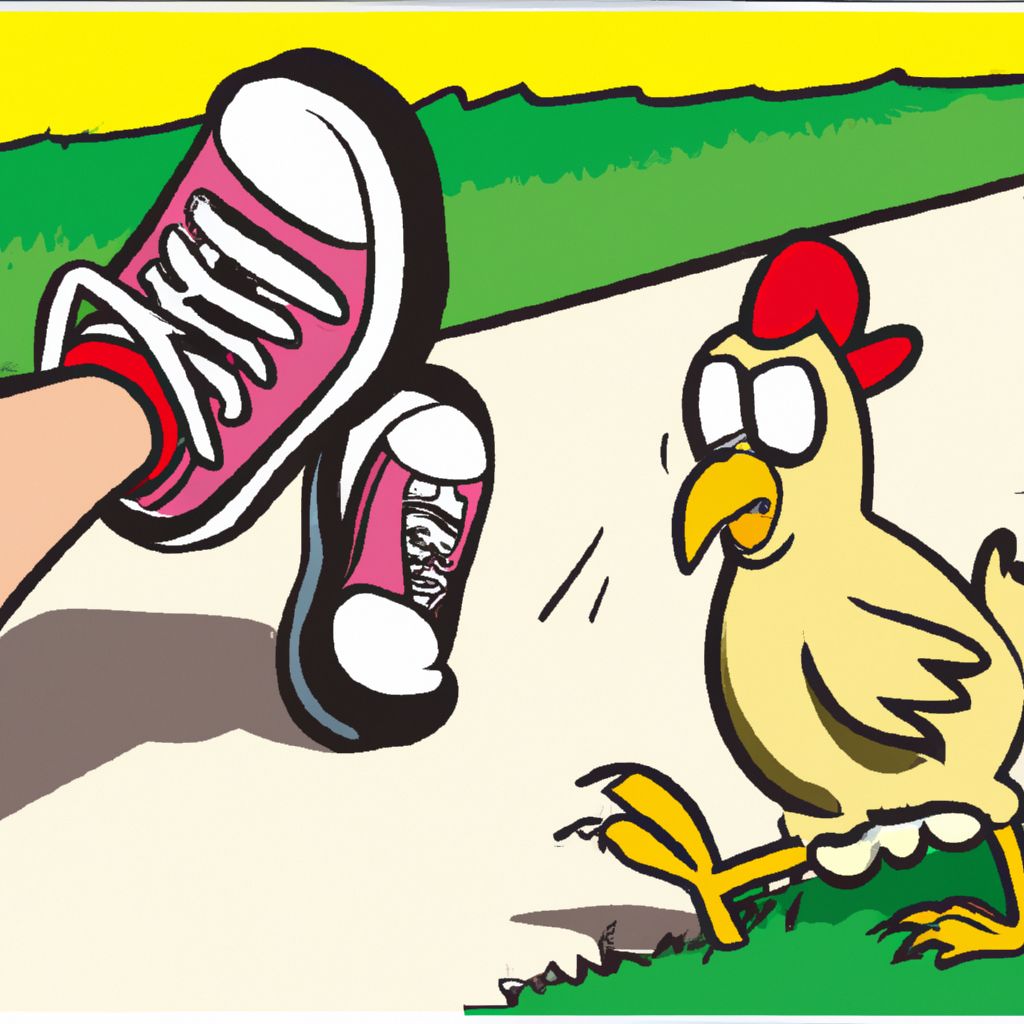Key takeaway: Chickens scratch the ground to forage for food, such as bugs and vegetation, which is important for their nutrition. Scratching behavior is vital for chickens’ cleanliness, as it helps create dust baths for feather maintenance and parasite prevention. Scratching also plays a role in social interaction and bonding among chickens, and it contributes
Archivos Diarios: enero 11, 2025
Key Takeaway: The “Egg Song” is a unique vocalization by chickens after laying an egg, which serves various purposes. Theories suggest that the Egg Song may express pride and relief in egg-laying efforts, draw attention away from eggs to protect them, and communicate and attract roosters. Different perspectives on the Egg Song include anthropomorphizing chickens
Key Takeaways: Feather health is crucial for chickens as it affects their overall well-being and ability to regulate body temperature. Common reasons for feather loss in chickens include the annual molt, behavioral causes such as broodiness and feather plucking, environmental and health factors like stress and predator attacks, as well as diseases, lice, and mites.
Key Takeaways: A purple chicken’s comb can indicate various health issues, including fowl cholera, avian flu, blood vessel damage, circulatory or respiratory issues, and mites and lice infestation. A healthy comb is important for a chicken’s overall well-being and can serve as an indicator of its overall health. Addressing a purple chicken’s comb requires promptly
Key Takeaway: Feathered feet in chickens are a unique trait found in certain breeds, adding to their charm and character. Feathered feet pose challenges for chicken owners, including mud tracking, hygiene issues, and foot feather problems such as ingrown feathers and injuries. Popular chicken breeds with feathered feet include Brahmas, known for their size and
Key Takeaways: Understanding the natural moulting process of chickens in winter helps in providing appropriate care. Moulting is a natural process for chickens, serving purposes like feather regrowth and health maintenance. Signs of moulting include physical appearance changes, a decrease in egg production, and specific nutritional requirements. Why Do Chickens Molt In The Winter? Photo
Key Takeaways: Curiosity and boredom can lead to chickens pecking their eggs, as they may be exploring their surroundings or seeking stimulation. Chickens may peck their eggs to test the strength of the shell, possibly to determine if it is suitable for hatching. Egg pecking can support the hatching process by breaking the eggshell and
Key Takeaway: Chickens squat when you pet them as a submissive behavior and a sign of mating readiness. The squatting behavior can also indicate affection and enjoyment of human interaction. Observing signs of impending egg-laying, such as changes in combs and wattles, inspecting the nesting box, pelvic bone separation, following the rooster, and increased appetite
Key Takeaway: Chickens are capable of complex emotions and can show signs of affection, indicating a level of emotional capacity beyond common perception. Chickens may follow humans for various reasons, such as seeking food or displaying affection, as well as to avoid aggression from roosters. Understanding and recognizing the behaviors of chickens following humans can
Key Takeaway: Chickens may chase humans for various reasons, including food, attachment, and aggression. To avoid being chased when carrying food, it is recommended to take precautions such as moving calmly and slowly. In cases of aggressive chickens, techniques like walking calmly, using large objects to appear bigger, and establishing trust can help manage their
- 1
- 2


